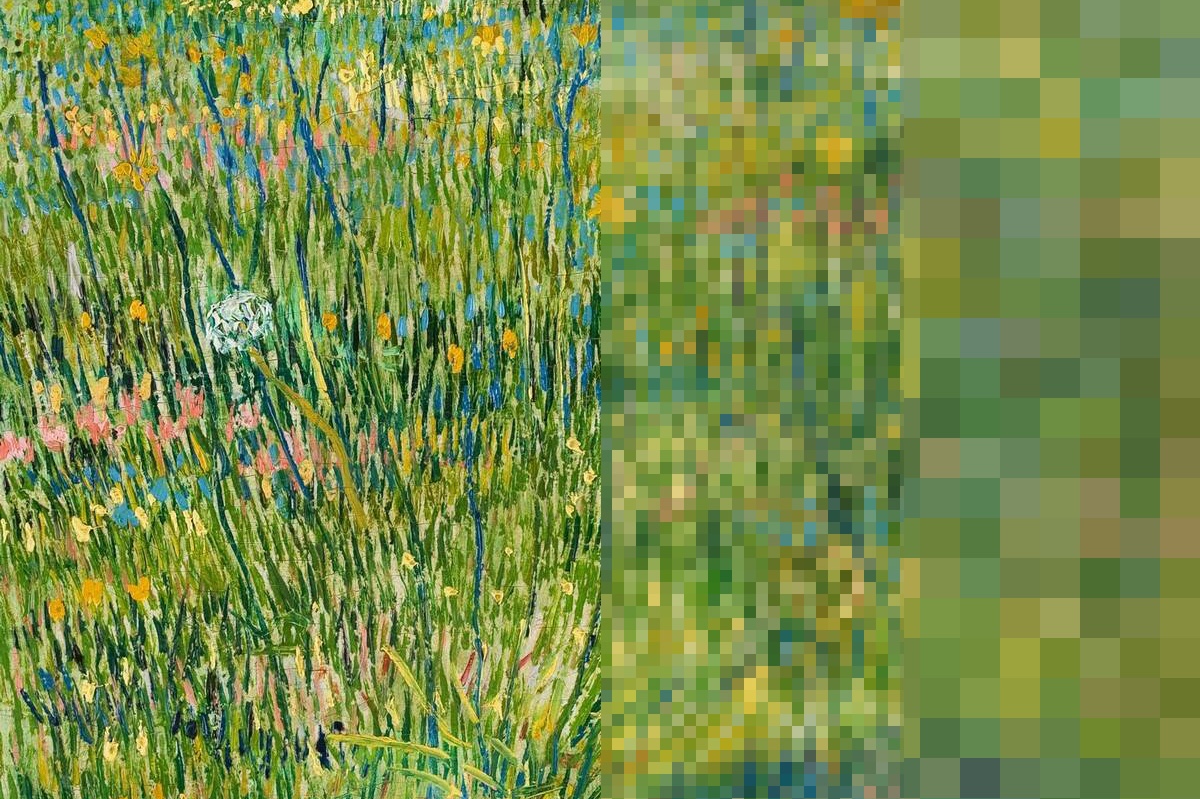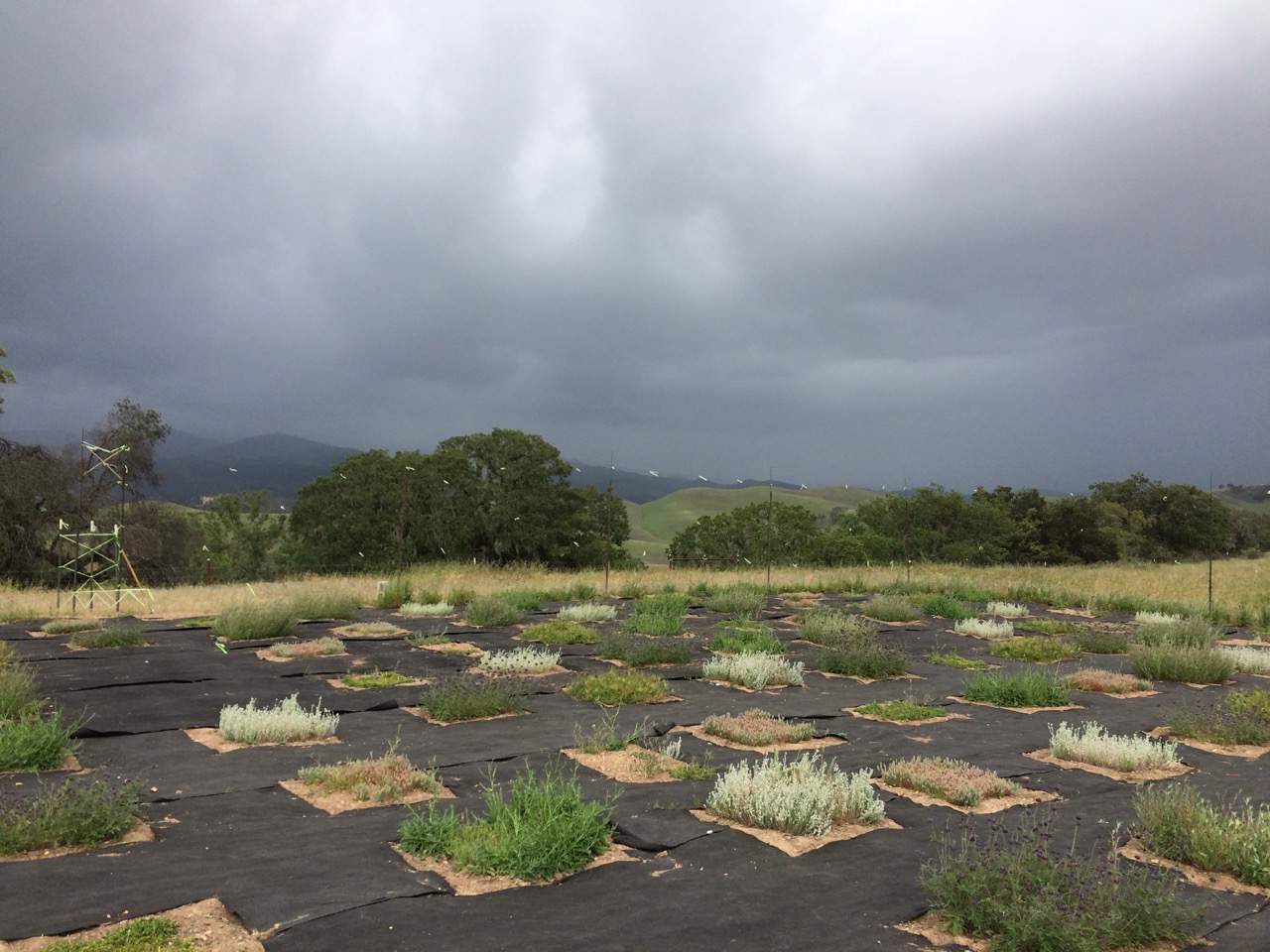Origin & maintenance of spatial biodiversity patterns

Plant communities create rich, variable tapestries of species mixtures across landscapes. We are studying the processes by which these patterns arise and how spatial variation in biodiversity drives variation in function.
Species- and coexistence-area relationships in annual plant communities
Plants compete for resources and are themselves resources for consumers. We previously worked at Sedgwick Reserve to understand how the spatial distribution of seed harvesting ants (Veromessor andrei) shape the distribution and diversity of annual plant communities through the lens of modern coexistence theory. ETHZ Masters student Ewa Merz tested how plant community structure changes with distance from ant nests and how seed diversity affects consumption rates.

Applying biodiversity-ecosystem function (BEF) to engineering challenges
Diverse plant communities tend to have higher measures of ecosystem function. With NCSU collaborators Brina Montoya (Civil, Construction, & Environmental Engineering), Amy Grunden (Plant and Microbial Biology), Celso Castro Bolinaga (Biological & Agricultural Engineering), and Ben Breland and Allison Scates (US Army Corps of Engineers), we are assessing the compatibility of plant species mixes with microbially-induced calcite precipitation (MICP) as a way to increase soil stability on dams, levees, and similar flood control structures.
This collaborative work is supported by a grant from the US Army Engineer Research & Development Center.

Selected publications
Petry, W.K., Kandlikar, G.S., Kraft, N.J.B., Godoy, O. & Levine, J.M. (2018) A competition-defence trade-off both promotes and weakens coexistence in an annual plant community. Journal of Ecology, 106, 1806–1818. [doi] [pdf] [data]
Hiscott, H., P. Ghasemi, B.M. Montoya, C. Castro-Bolinaga, W.K. Petry, A.M. Grunden, B. Breland, A. Scates (submitted) Plant species influence on microbially induced carbonate precipitation: X-ray diffraction analysis of mineral formation and composition. Geo-Congress. 9-12 March 2026, Salt Lake City, Utah USA. [doi] [pdf]
Ghasemi, P., Hiscott, H., Sears, A., Montoya, B.M., Castro-Bolinaga, C., Petry, W.K., Grunden, A.M., Breland, B., Scates, A. (2025) Integration of Plants and Microbially Induced Soil Stabilization for Sustainable Infrastructure Design. In: Proceedings of the ICBBG2025. Presented at the International Conference on Bio-mediated and Bio-inspired Geotechnics, Tempe, Arizona USA. [doi] [pdf]